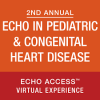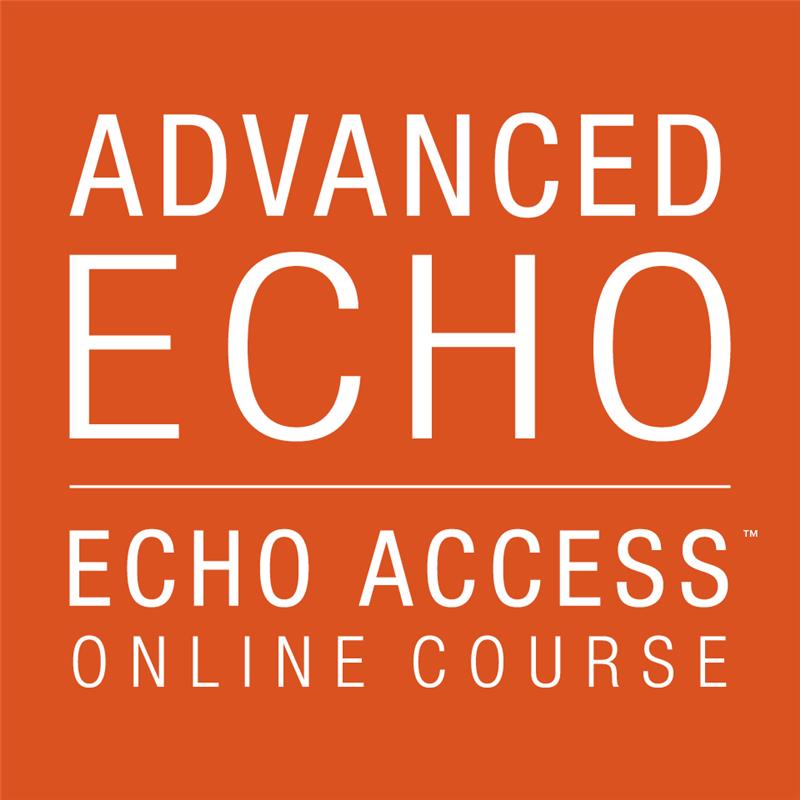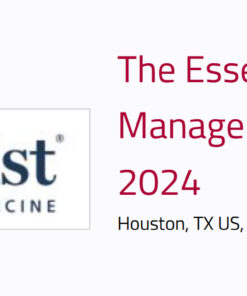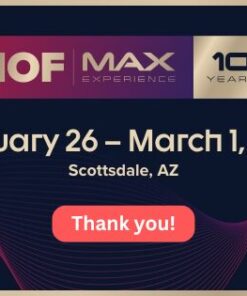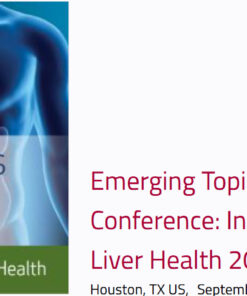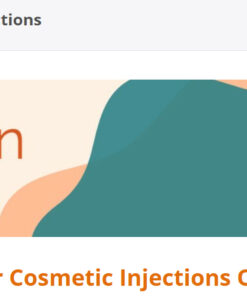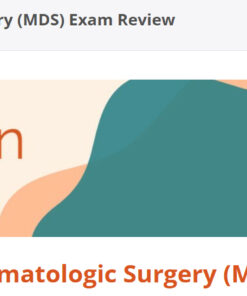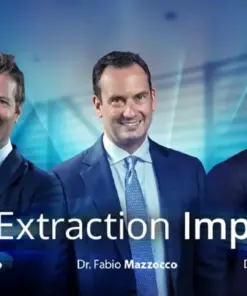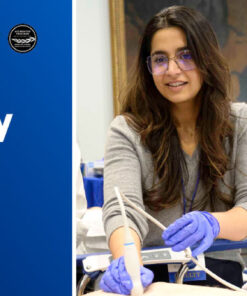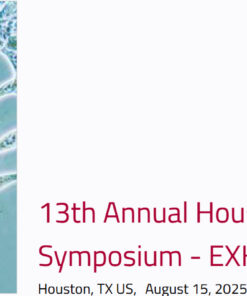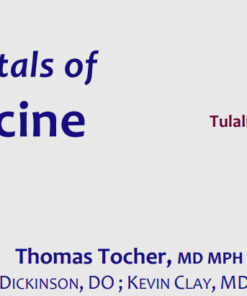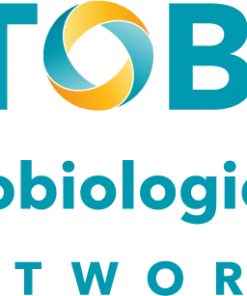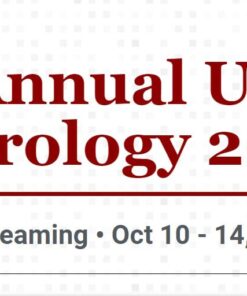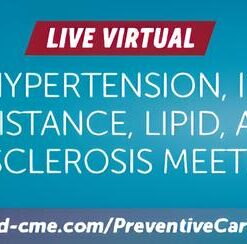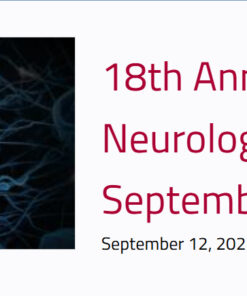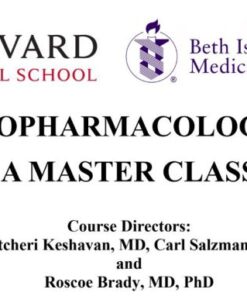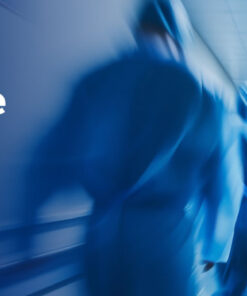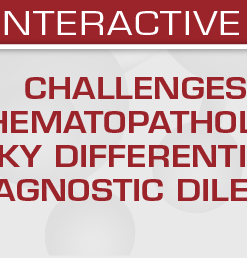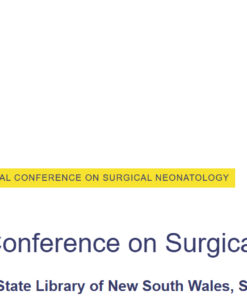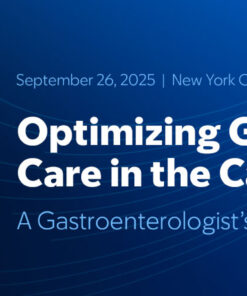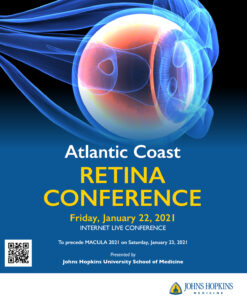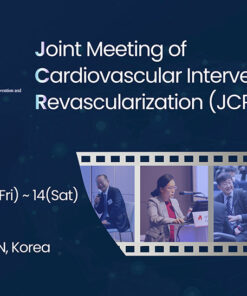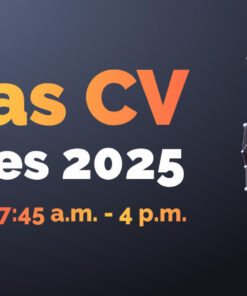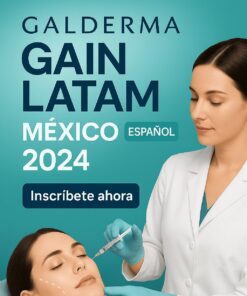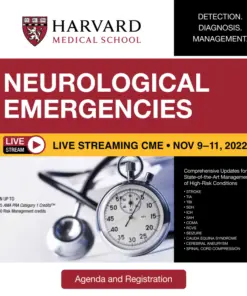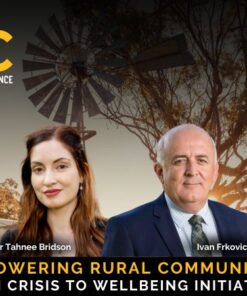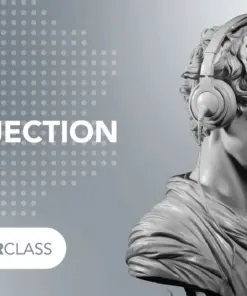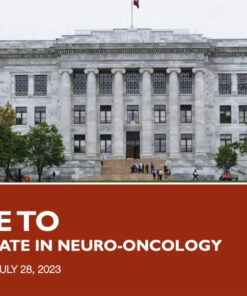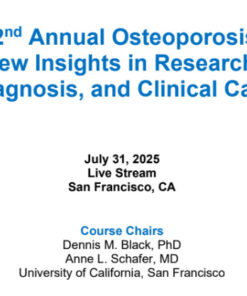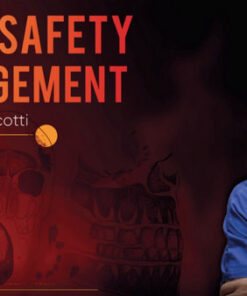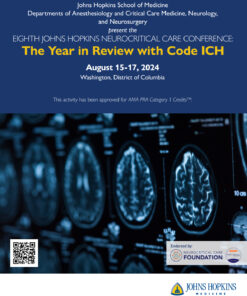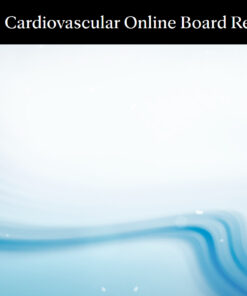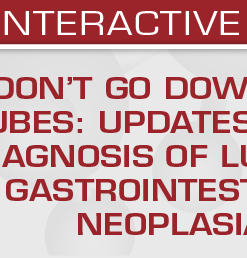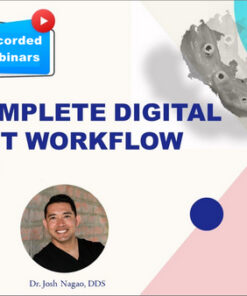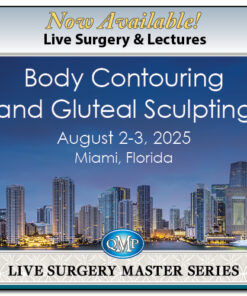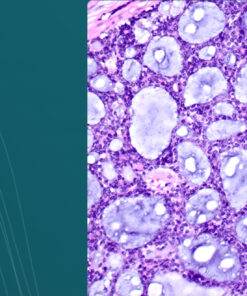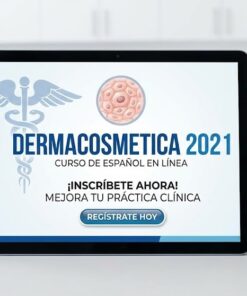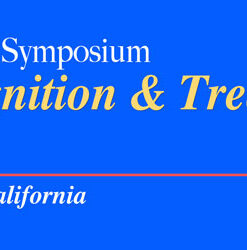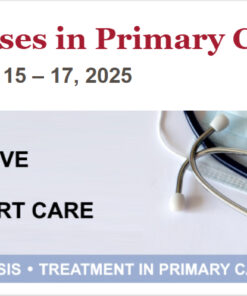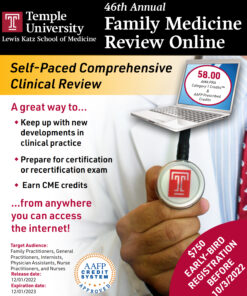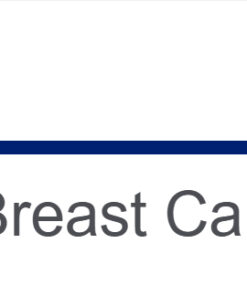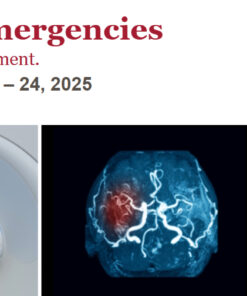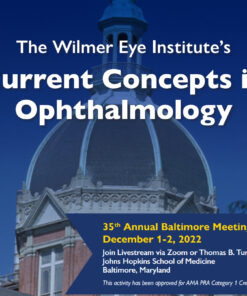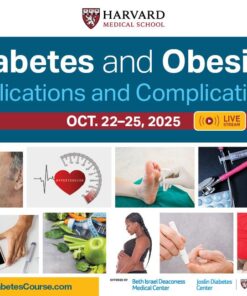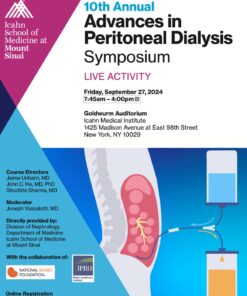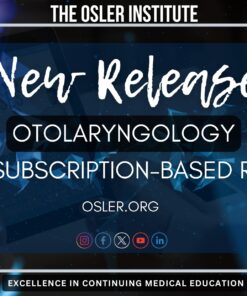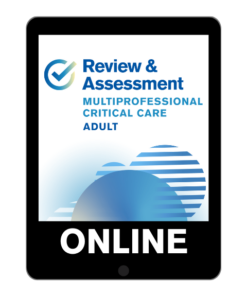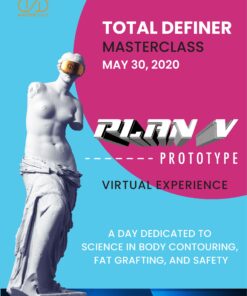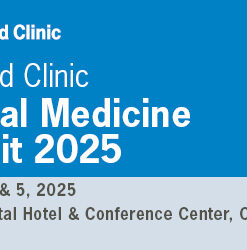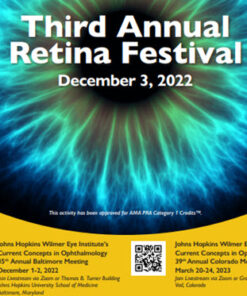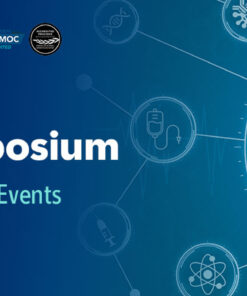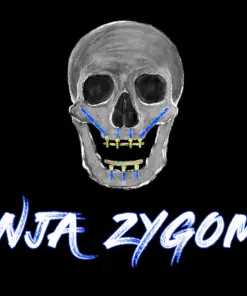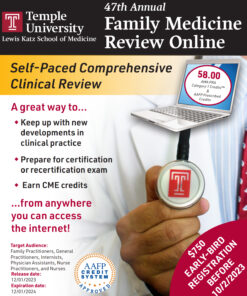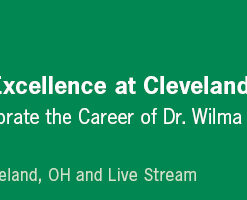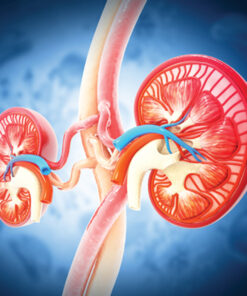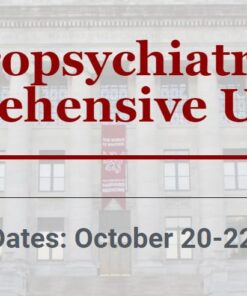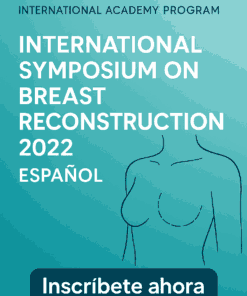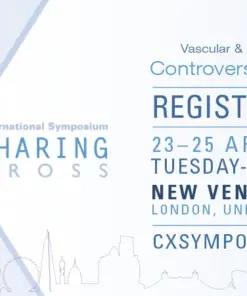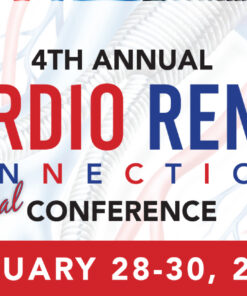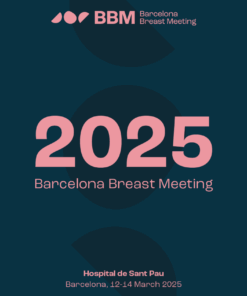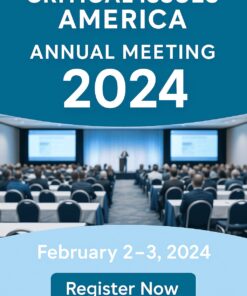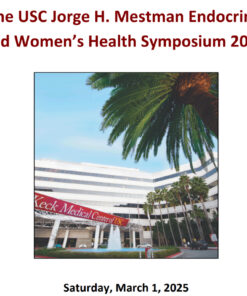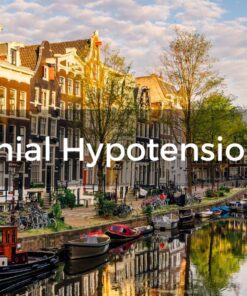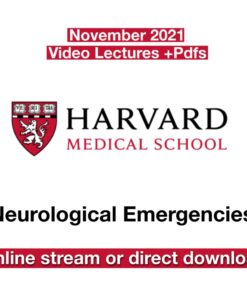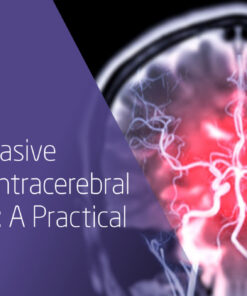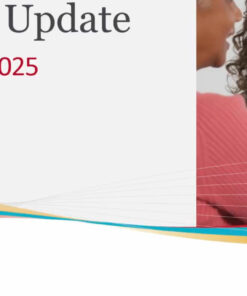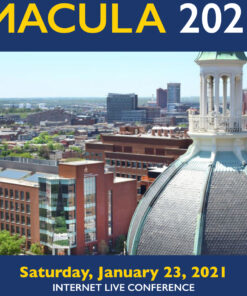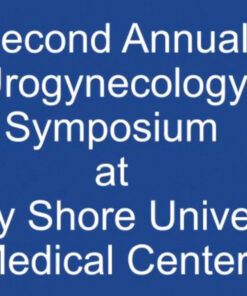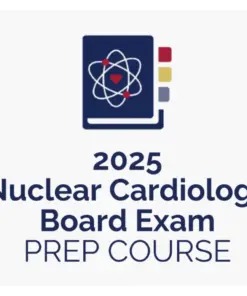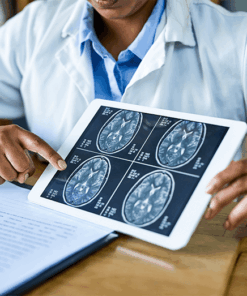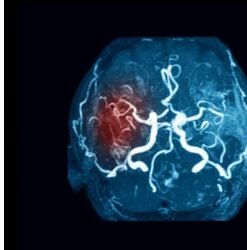Advanced Echo 2023 – (ASELearningHub) (Course)
50 $
Delivery time: Maximum to 1 hours
Format : 55 MP4 + 55 PDFs
File Size : 20.07 GB
This course features 49 presentations from Echo Hawaii and State-of-the-Art Echocardiography, covering topics such as ventricular and valvular function, diastolic function/dysfunction, left and right ventricular function, cardiomyopathies, TEE, ischemic heart disease, echo contrast, and complex valvular heart disease. The presentations also include board style questions.
Advanced Echo 2023 – (ASELearningHub) (Course)
This course features 49 presentations compiled from Echo Hawaii and State-of-the-Art Echocardiography. This course also includes board style questions for a majority of the presentations.
Introduction:
The following is a course description for a program featuring presentations on echocardiography. The program includes 49 lectures that were compiled from Echo Hawaii and State-of-the-Art Echocardiography. It also includes board-style questions to reinforce learning.
Analysis:
The program is designed to cover a range of topics related to echocardiography, including ventricular and valvular function, Doppler assessment of diastolic function/dysfunction, and advances in the assessment of left and right ventricular function. The program aims to help participants better integrate echocardiographic information into clinical decision making. It covers the use of echocardiography in patient management for cardiomyopathies and systemic diseases, ischemic heart disease, complex valvular heart disease, and more.
Key Features:
The program includes lectures from experts in various fields of echocardiography, including AI and echocardiography, stress echocardiography, echo contrast, and the role of echo in managing patients with pulmonary hypertension. There are also lectures on the assessment of valve function, including mitral and tricuspid valve pathology, and repair and replacement options. The program also covers cases related to strain imaging, RV strain, and LA strain analysis.
Target Audience:
The program is ideal for healthcare professionals and researchers interested in expanding their knowledge in echocardiography. It is also suitable for professionals working in cardiology, pulmonary medicine, and critical care.
Conclusion:
Overall, the program provides valuable insights into the use of echocardiography in clinical decision making. It covers various topics related to valve function, cardiomyopathies, and systemic diseases. The inclusion of board-style questions and expert lectures from various fields adds to the value of the program.
Rating and review:
The program received positive feedback from participants who found it informative and applicable to their clinical practice. The lectures were well-organized and presented by experts in their respective fields. The inclusion of board-style questions helped reinforce learning and highlighted areas that needed further study. Overall, the program was highly rated and recommended to healthcare professionals interested in echocardiography.
STATE-OF-THE-ART ECHOCARDIOGRAPHY LECTURES
- AI and Echocardiography
S. Lester - Quantitation of Ventricular Function
R. Lang - Contrast Echocardiography: Impact on Diagnosis and Outcome
J. Oh - Stress Echocardiography is Still Alive
W. Zoghbi - Cases to Illustrate When Aortic Stenosis Gradient and Area Do Not Match
M. Saric - What Should A Successful TAVR Look Like
R. Jain - Degenerated Bio Prosthesis, Valve-in-Valve
N. Faza - Mitral Regurgitation, Etiology and Quantification
W. Zoghbi - Mitra Clip Measurements
N. Faza - Pathologies of Mitral Valve
S. Mankad - Pathologies of Tricuspid Valve
S. Mankad - Tricuspid Valve Repair: The New Frontier
N. Faza - LAA Occluder Device, Measurement
M. Saric - Measuring Normal Function of Prosthetic Valves
W. Zoghbi - Aortic Regurgitation Illustrative Cases
M. Malahfji - Native and Prosthetic Valve Endocarditis
M. Saric - Learn Clinical Diastology With Cases
J. Oh - Amyloid and Constriction
J. Oh - Stress Cardiomyopathy
M. Malahfji - Systemic Illness and The Heart
S. Lester - Pulmonary Hypertension: Optimal Evaluation
M. Mukherjee - RV Strain: Cases to Illustrate How
S. Lester - Clinical Examples of Utility Of GLS
S. Mankad - Utility of LA Strain: Case Examples
M. Mukherjee - Cardio Oncology: Case Examples
- Normal and Abnormal LVAD Cases
M. Christensen - Pulmonary Embolism and RV Strain
M. Mukherjee
ECHO HAWAII LECTURES
- Physiology of Diastole: What are We Trying to Measure?
G. Scalia - Physiology of Systole: What are We Really Trying to Measure?
J. Lindner - Intro to Strain Imaging: How does GLS add to EF?
S. De - A Primer on Adult Congenital Echoes
A. De Freitas - Assessing the RV – Role of Strain and 3D
M. Saric - Echo in Beside Care: COVID and Beyond
S. McCartney - Strain in the Assessment of Cardiomyopathies
J. Oh - The Future of Echo: AI and Machine Learning
J. Thomas - Chest Pain in the ER: Which Test?
J. Lindner - Complications of MI: Echo has the Answer
S. McCartney - The Future of Echo: Advanced Applications of Contrast
J. Lindner - Strategies to Make Your Lab Excellent
M. Jankowski - Assessment of Atrial Function: What is the Role of Strain?
G. Scalia - Top 5 Situations Where I Find Strain is Helpful
V. Rigolin - Septal Defects You Don’t Want to Close
A. de Freitas - Quantification of Stenosis: Avoid These Pitfalls
W. Armstrong - Starting an Interventional Echo Program: Training, Technique, & Economics
S. Little - 3D Assessment of the Cardiac Valves
G. Scalia - Interventions for MR in Heart Failure
G. Scalia - MitraClip: Who is it for? How is it Guided?
M. Saric - The Future of Echo: The Brave New World
S. Little - Eisenmenger’s Echo in the Middle of the Night
A. de Freitas - A Systematic Approach to Multi-Valve Disease
J. Thomas - Exercise Echo and Strain to Time Intervention in Valvular Heart Disease
V. Rigolin - Improving source of Embolus Exams: The Science of Saline Contrast
W. Armstrong - TEE in Emergent Situations
S. McCartney - Athlete’s Heart: Separating Abnormal from Supraphysiologic
L. Gillam - Use of Echo in Pulmonary Hypertension
G. Scalia



